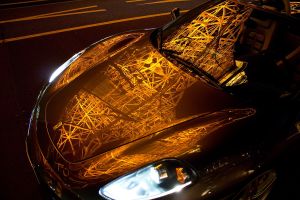Fair point, but distortion correction is about computationally moving the pixels back where they belong, i.e. where the light came from in the real world before being bent by the lens.
I've been through this transition before with scientific imaging, when makers of early deconvolution microscopes (which make thin optical sections from thicker ones computationally) were trying to compete with confocal microscopes (which make thin optical sections with optics). People using confocal systems argued that the optical way had to be superior, simply because it was optical and not digital. It took a few decades, but now here's a statement from a
microscopy primer on the National Cancer Institute website (part of the US NIH):
In many cases, particularly with dimmer or light-sensitive specimens, deconvolved images are superior to confocal images. This is because in confocal microscopy the out-of-focus light is rejected, whereas in deconvolution microscopy the out-of-focus light is restored to its source of origin in the image.
At the end of the day, the results should speak for themselves. I've posted a bunch of actual examples of how the digitally corrected corners are at least as good and often better than optically corrected corners. I have seen lots of people claim that digital correction is worse, but I have yet to see anyone post an example that demonstrates that. Those people just keep repeating that optical correction must be better simply because it's optical and not digital. I didn't buy that argument in favor of confocal microscopy, and I don't buy it in favor of optical distortion correction. SHOW ME THE DATA.

